How to Choose the Best Ceiling Lift Track System for Your Home Care Needs
Selecting the right Ceiling Lift Track System for your home care needs is essential for ensuring safety, comfort, and efficiency in the care of individuals with mobility challenges. According to a report by the National Institute on Disability, Independent Living, and Rehabilitation Research, nearly 13.7 million adults experience difficulty with mobility, emphasizing the need for effective assistive solutions like lift systems. A well-chosen ceiling lift track can significantly enhance caregiver safety and reduce the risk of injuries associated with manual lifting. Furthermore, a study published in the Journal of Nursing Economics highlights that investing in quality ceiling lifts can lead to cost savings in the long run by minimizing caregiver injuries and the associated healthcare costs.
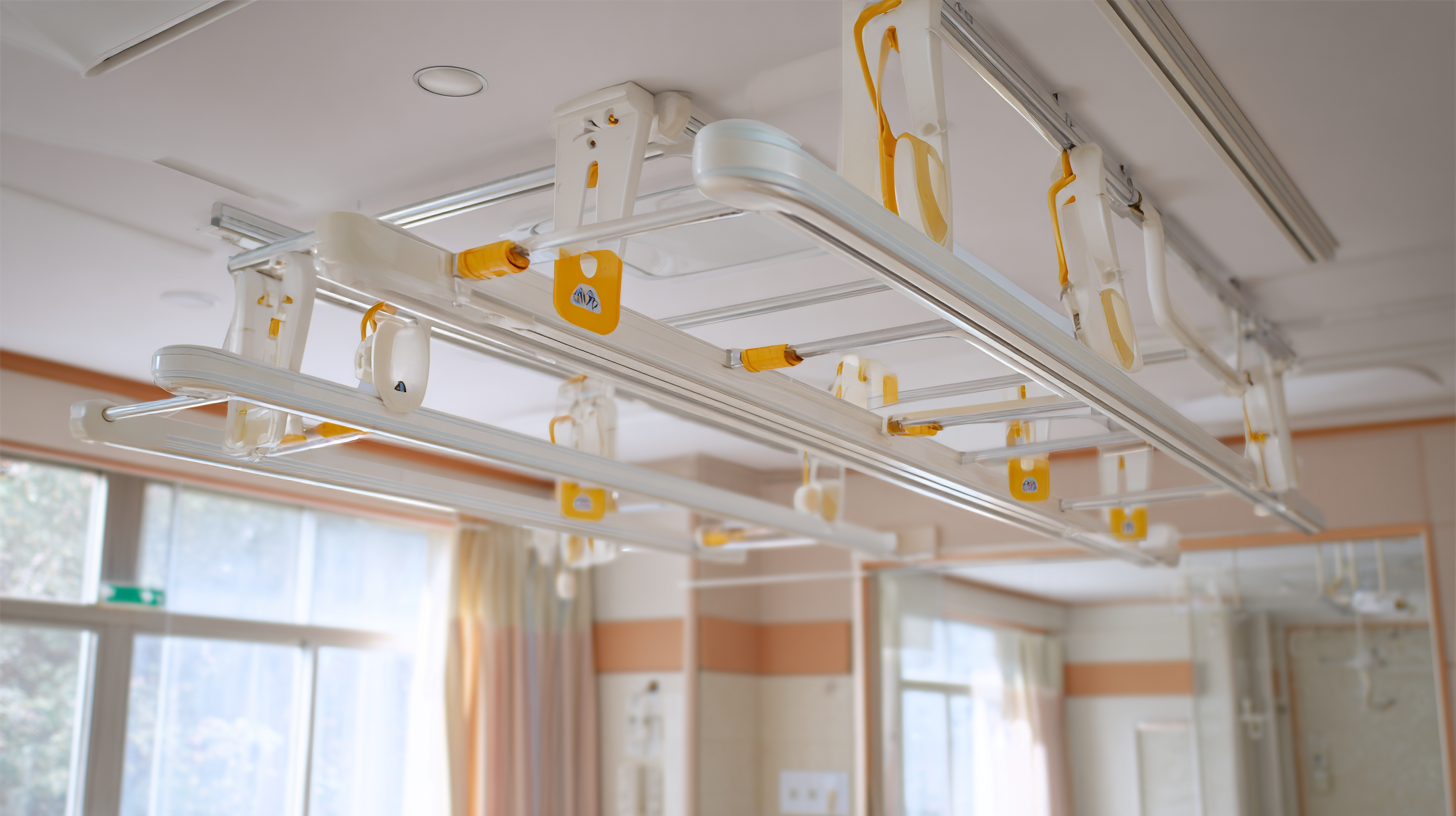
Understanding the key factors such as weight capacity, track length, and installation requirements is crucial in selecting the most suitable system tailored to individual care needs.
Understanding Different Types of Ceiling Lift Track Systems Available for Home Care
When selecting a ceiling lift track system for home care, it is crucial to understand the various types available, as each serves different needs and environments. One popular option is the fixed ceiling lift system, which is mounted directly to the ceiling and typically used in single rooms. This system offers stability and ease of use, making it an ideal choice for individuals with limited mobility who require regular transfers from bed to chair or bathroom.
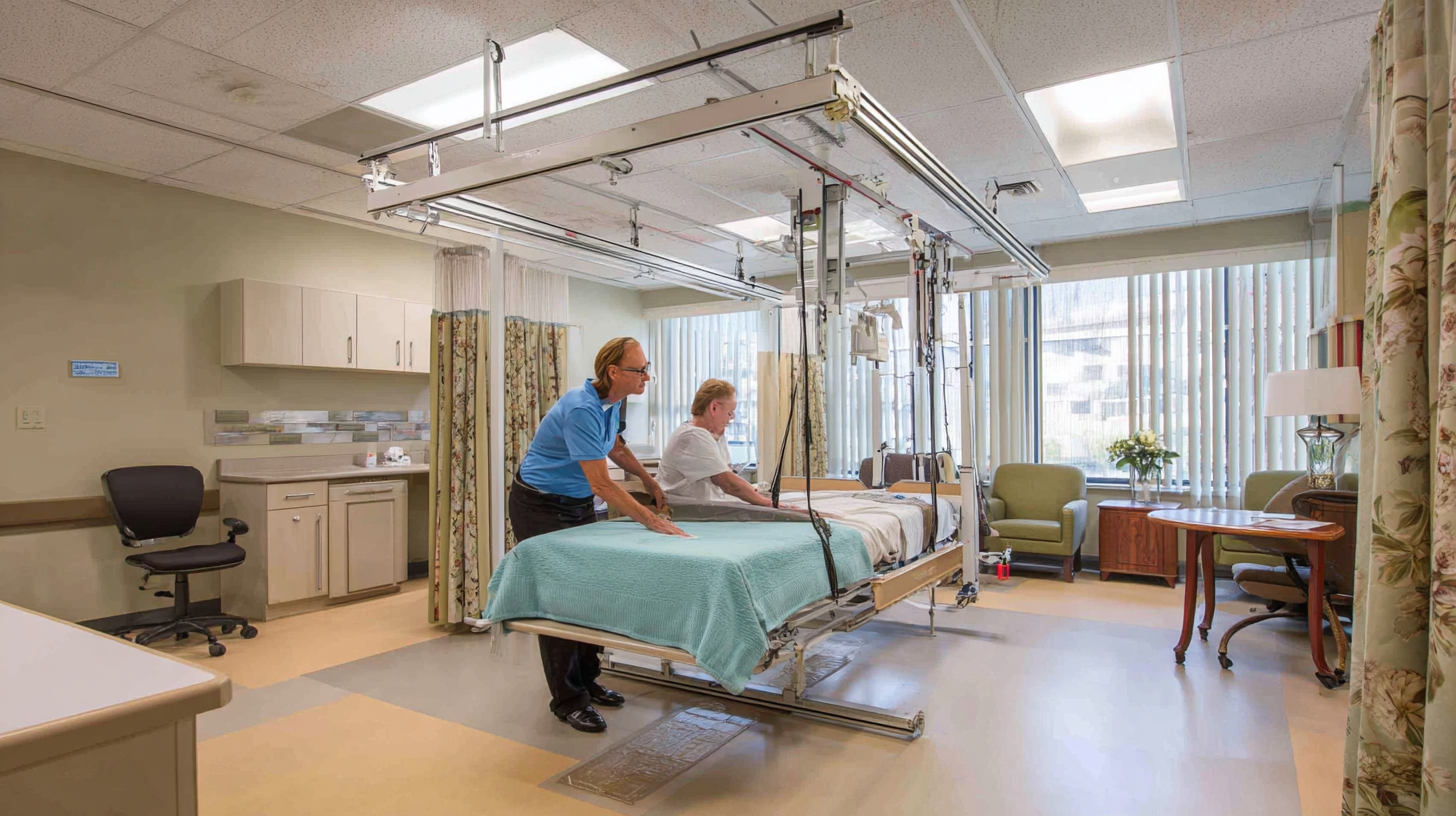
On the other hand, portable ceiling lift systems provide flexibility by allowing users to move the lift track between different rooms. These systems can be particularly beneficial for caregivers who attend to patients in various locations within the home. Additionally, there are also curved ceiling tracks that accommodate more complex room layouts, allowing for seamless transfers in areas with obstacles. Knowing the specific requirements of the individual and the layout of the home will guide you in choosing the most effective ceiling lift track system, ultimately enhancing both safety and comfort in daily care routines.
Assessing Your Specific Home Care Needs and Space Requirements
When selecting the best ceiling lift track system for your home care needs, it's crucial to assess your specific requirements and the available space. Consider the mobility assistance needed, the weight capacity of the lift, and the height of the ceilings in your home. Understanding the layout of your living space will help determine how many tracks are necessary and where they should be installed for optimal function.
Tips: Measure the dimensions of your rooms, doorways, and any obstacles that may affect the installation of the track system. Identifying multiple user needs, such as different mobility levels, can guide your decision in choosing a versatile system. Additionally, evaluate the ease of access and maneuverability throughout your home, ensuring that the lift can accommodate both users and caregivers comfortably.
Another vital consideration is the future adaptability of the system. As care needs might evolve over time, select a model that allows for easy modifications or expansions. Investigate the available features, such as remote controls and safety mechanisms, to enhance usability and peace of mind for both the user and caregiver while navigating the system.
How to Choose the Best Ceiling Lift Track System for Your Home Care Needs
| Feature | Option 1 | Option 2 | Option 3 |
|---|---|---|---|
| Weight Capacity | 400 lbs | 600 lbs | 800 lbs |
| Track Length | 10 ft | 15 ft | 20 ft |
| Material | Aluminum | Steel | Composite |
| Installed Price | $800 | $1200 | $1500 |
| Power Type | Manual | Electric | Battery Operated |
| Safety Features | Emergency Stop | Auto-lock | Sensor Detection |
Evaluating Key Features and Accessories for Optimal Functionality
When selecting a ceiling lift track system for home care, evaluating key features and accessories is crucial for ensuring optimal functionality. According to the National Center for Biotechnology Information (NCBI), an estimated 65 million Americans provide care for a family member, highlighting the importance of reliable mobility solutions. A track system should support not only the weight of the individual but also accommodate various environments, with adjustable features to enhance accessibility and ease of use.
Key features to consider include weight capacity, ease of installation, and the ability to span multiple rooms or areas. Systems with a weight capacity of 450 pounds are common, allowing safe transfers for most users. Additionally, incorporating accessories such as slings and transfer benches can greatly improve the user experience. Research from the American Journal of Occupational Therapy suggests that the integration of specialized accessories can decrease the risk of falls and enhance the comfort of transfers, making it essential to choose a system that is both versatile and tailored to specific home care needs.
Comparing Installation Options: DIY vs. Professional Help
When considering the installation of a ceiling lift track system for home care, one crucial decision involves choosing between a DIY approach or hiring a professional. Industry data from the International Association of Home Care & Hospice indicates that over 70% of caregivers opt for professional installation to ensure safety and compliance with health regulations. This choice often leads to a more reliable setup, particularly for individuals requiring specialized equipment due to mobility challenges.
While DIY installations can save on immediate costs, they come with risks. According to a report by HomeFixated, improperly installed lift systems can lead to operational failures or, worse, accidents. In contrast, professional services not only provide experienced technicians but also often include a warranty, ensuring that any future issues are promptly addressed. Additionally, professional installation can reduce the learning curve associated with using complex systems, allowing caregivers to focus more on providing care rather than worrying about equipment functionality.
Comparison of Installation Options for Ceiling Lift Track Systems
Budgeting for a Ceiling Lift Track System: What to Consider
When considering the purchase of a ceiling lift track system for home care, budgeting is a crucial aspect that cannot be overlooked. It's essential to assess not only the initial purchase price but also installation costs and potential maintenance expenses. Many families may be drawn to more affordable options, but it's important to ensure that the system chosen meets safety and efficiency standards. Investing in a system that has a higher upfront cost might provide better long-term reliability and peace of mind.
Furthermore, understanding the possible variations in state and local tax deductions can significantly affect your overall budget. Recent legislation efforts have shown how adjustments to tax structures, like lifting the SALT cap, can influence financial planning for large home expenditures such as a ceiling lift. Thus, evaluating these intricacies will aid in making a more informed choice that aligns with both financial constraints and care requirements. Keeping track of such developments and anticipating potential budgetary effects will ultimately empower caregivers to choose a ceiling lift that best serves their needs without overextending their finances.
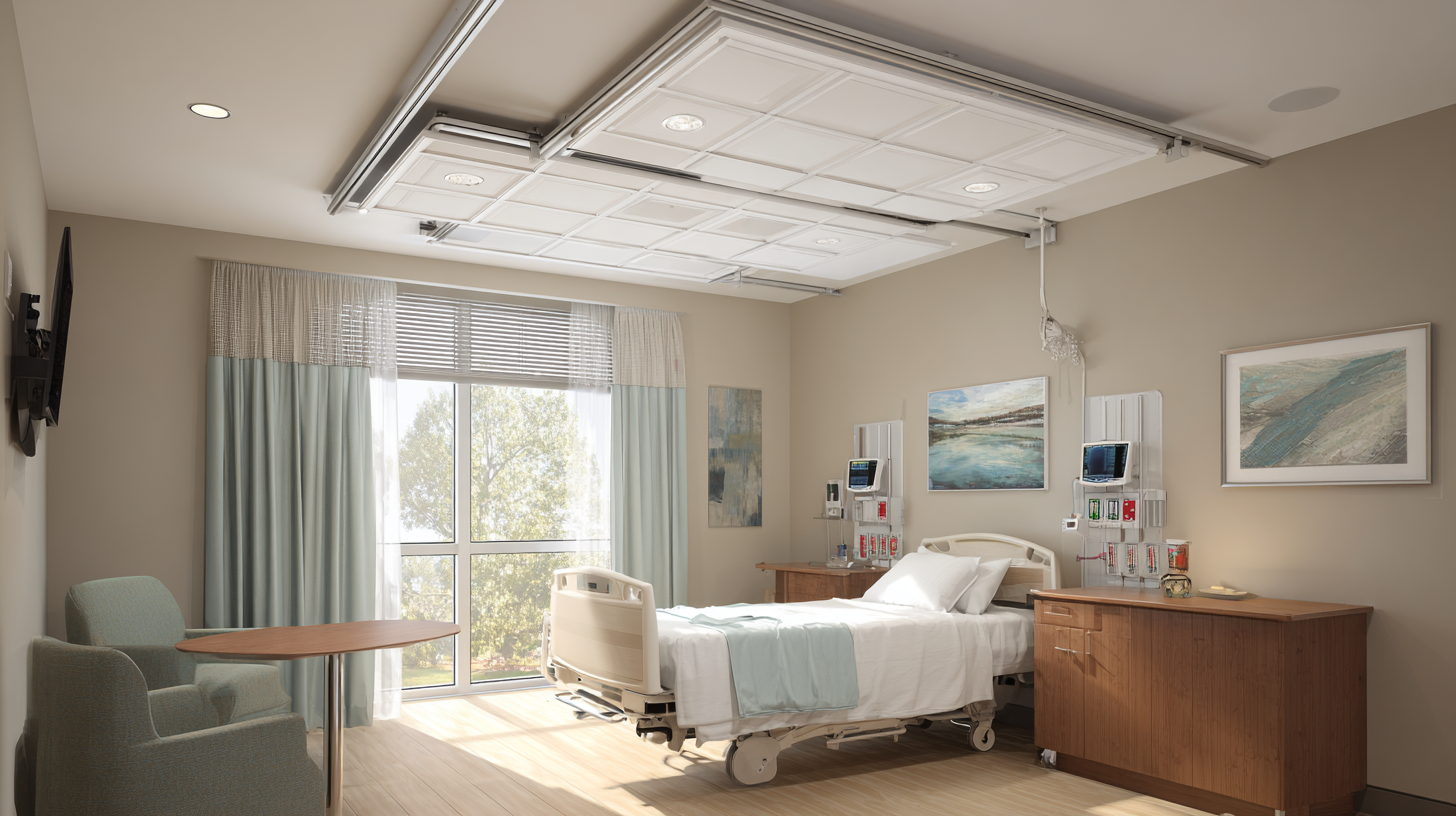
Related Posts
-

10 Essential Reasons to Choose the Best Ceiling Hoist System for Your Business
-
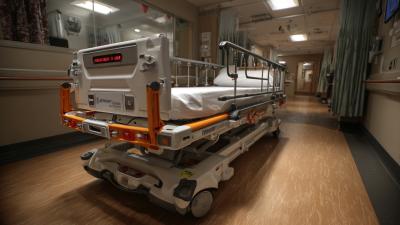
Mastering the Art of Selecting the Best Patient Lift Assist for Your Healthcare Facility
-

The Definitive Ultimate Guide to Choosing the Perfect Bariatric Shower Chair for Your Needs
-
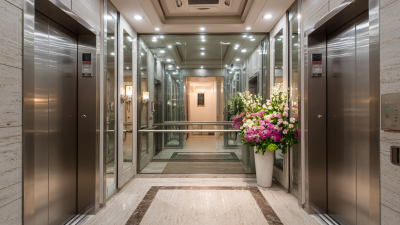
Exceptional Home Lifts from China Elevating Global Standards with Quality Engineering
-
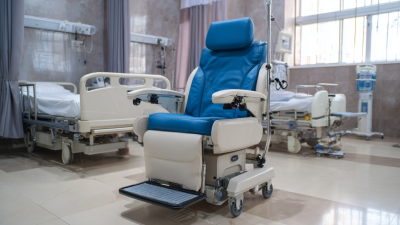
How to Choose the Best Medical Lift Equipment for Your Healthcare Facility
-
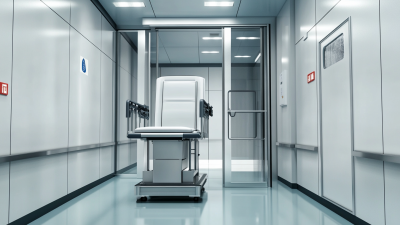
How to Navigate Import Export Certifications for the Best Patient Lift Solutions
